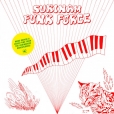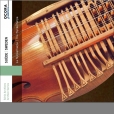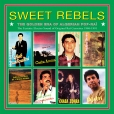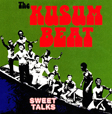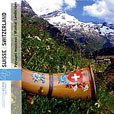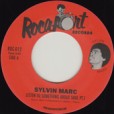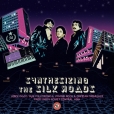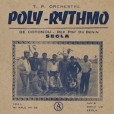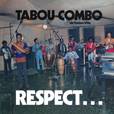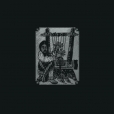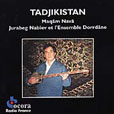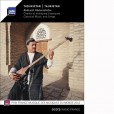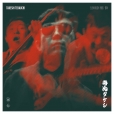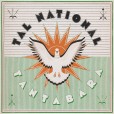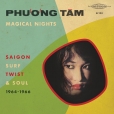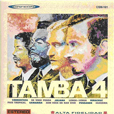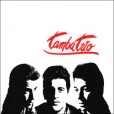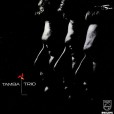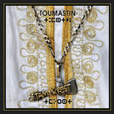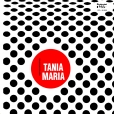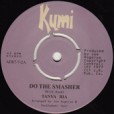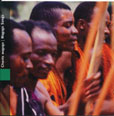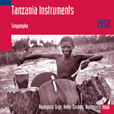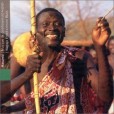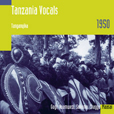Your basket is empty

Seventies and eighties funk, disco and boogie from Surinam — poised between northern South America, the West Indies, and the wider Caribbean — expertly drawn from 45s and LPs.
‘Bottling the raw energy of the scene in the 80s and early ‘90s; featuring its young stars Cheb Zahouani, Chaba Zohra and Abderrahmane Djalti. Newly remastered and including liner notes from Raï authority Rabah Mezouane, this compilation brings together eight cassette tracks from the electrifying period when Raï was evolving from more traditional sounds into mesmerising electro funk.’
The second album by the Ghanaian superstars, from 1974, for a change mixing their hit-making high-life with traditional rhythms and folk touches, and a little funk and afrobeat.
Switzerland has four official languages and numerous dialects, and this mosaic of sounds is judiciously wide-ranging and open — starring wonderful yodelling, alphorn, Jew’s harp, zither and musette-style accordion.
Off-the-wall James Brown runnings, coming apart at the seams in Antananarivo, Madagascar, in 1967.
A Brooklyn-1973 brew of Compas — carnivalesque Haitian party music — and other Carib styles, mixed with funk, soul, psych. Treated guitars, ain’t-no-stoppin’ percussion.
Central Asian art music — derived from the Shash maqam of Bukhara — performed by the singer Jurabeg Nabiev, with the Ensemble Dorrdane.
A master of the sato (a bowed tambur or long-necked lute held vertically) joined by Tajik singer Ozoda Ashurova in this beautiful, haunting, little-known court music. Plus doyra drum and dotar lute.
Touareg rock from Bamako, in the Tinariwen manner.
Ruff, mid-seventies Nairobi funk by Tanya Ria — aka Rachel Wanjiru — and the Trippers.
Althea & Donna, Lijadu Sisters vibes.
Chimelougali is yodelling; luchenze is hooting whilst darting the tongue from side to side; kuama are trembling sounds, and rhythmic interjections. Including polyphonies, and a few with instruments.
Ligombo and nanga trough zithers, lamellophones, drumming, a flute requiem, Zanzibar grooves, a panpipe ensemble, a makondere horn band.
Six hundred Chagga singing on the slopes of Mt. Meru; one hundred Gogo on the plains near Dodoma. Funny songs by the Nyamwezi in Dar-es-Salaam; wigasha dance songs by the Sukuma near Lake Victoria; Masai chants.
